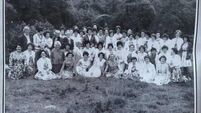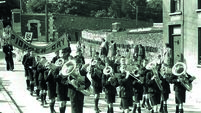The pleasant scents and whiffy pongs that once hung over Cork
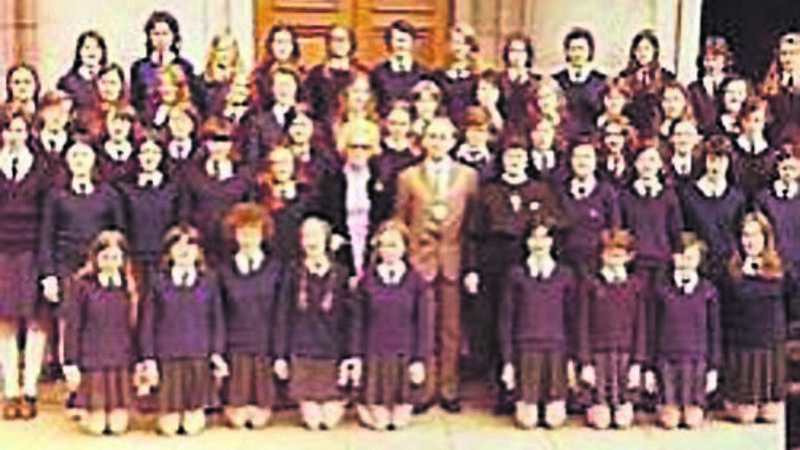
St Vincent’s School Choir, which won a prize in the International Choral Festival 50 years ago, a photo submitted by reader Catherine Walker-Hopkins
That evocative account by Sheila Cahill in last week’s Throwback Thursday, of the little Blackpool shops of her childhood, evoked many poignant memories from readers.
We can all remember the huge part played by such vital little local establishments in our younger days.
That sweet shop where the woman in charge always seemed to be in a temper, and you were taking your life in your hands if you dared to request two ounces of clove rock instead of a quarter... the one round the corner, in contrast, where a gentle, smiling man always added an extra sweet after the scales went down... the only source known to you and your gang for really long liquorice strips... the grocer’s where they still weighed out the sugar into blue bags... Your mother sending you down for three and a half pounds of potatoes, and a bunch of carrots, so she could get on with making De Dinner.
Yes, shopping was done by the day, and your mother only expended the extra sixpence or so if she had actually run out of something like soap or baking powder.
Our forebears could not have imagined wandering through the aisles of Lidl or Aldi, just to see what new unnecessary artefacts had been shipped in, or watching adverts on TV urging us to “go ahead and treat yourself, you deserve it”.
Life was real, life was tough, and you didn’t waste hard-earned money on things that weren’t strictly necessary.
Worn shoes were taken to the cobbler to have new heels put on. Small boys’ hair was usually cut at home – often with the aid of a handy pudding basin to ensure an even line. Clothes were handed down from older family members to younger ones, as were those shoes. Collars and cuffs were ‘turned’, trouser pockets patched when keys and the old heavy coins (remember the size and weight of the old Irish penny?) wore holes in them. Children’s new clothes, when they were absolutely necessary, were always bought a couple of sizes too large, to allow for growth.
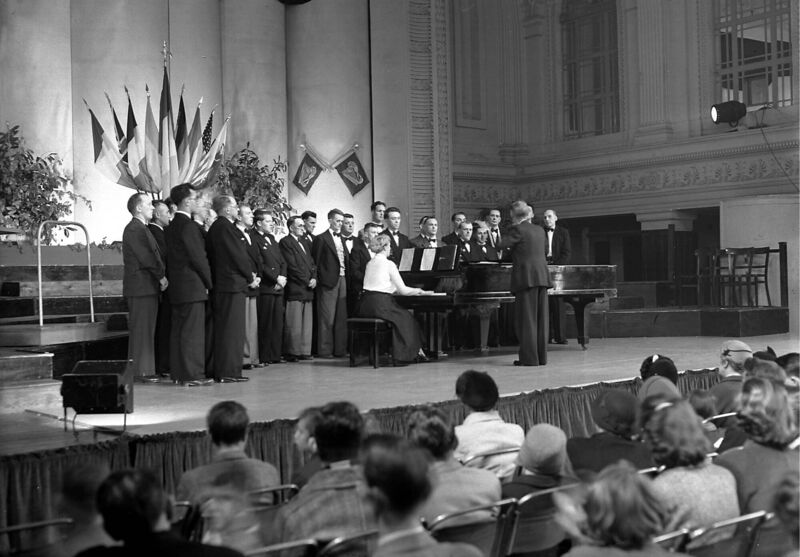
And that rough soap which came in a bar – was it a sort of red colour? Whatever the shade, it was no gentle soft lathering agent. It could be cut off in chunks, was tough and scarifying, and was used to scrub clothes against a washing board, or to give the front doorstep a good cleaning.
How long is it since we regularly used to see housewives scrubbing their front doorsteps in the morning? About as long ago as seeing maids polishing the brass nameplates outside the city’s doctors’ and dentists’ establishments on Wellington Road and Patrick’s Hill, I would think.
Then there was the dreaded carbolic soap, secret weapon of Victorian housemaids. The origins of this powerful and strong-smelling product can be traced back to Joseph Lister who introduced carbolic acid as a disinfectant in medical procedures.
Lister’s innovative approach to reducing post-operative infections revolutionised the field of surgery and paved the way for the development of carbolic soap.
If you were posh, could afford it, or at least had upwardly mobile aspirations, you eschewed the tougher soaps in favour of Knights Castile, though Palmolive was also favoured for its soft feel.
The gentle perfume and translucent quality of Pears soap also made it a favourite with many well-to-do households.
But, generally, the range of agents for cleansing and moisturising was very limited.
The current ranks of moisturisers on display in any supermarket would have dazzled young ladies who had been brought up on Ponds Cold Cream, and in any case were discouraged from using any form of make- up until they were deemed to have reached adulthood.
Perfume? Evening In Paris, by Bourjois, or California Poppy, by Coty, were the only options.
We did tend to go for perfumes and deodorants a lot more though, before daily showers became the norm.
To more pleasant scents now...
Reader Tom Jones was thinking again about the aroma of fresh-baked goods on Shandon Street and the exotic fragrances of Woodford Bourne’s in Daunt’s Square.
“And, in the light of early morn’, emanating from Murphy’s Brewery. the waft of the turning of the mash, if that’s correct, sent forth its scent throughout the Northside in particular.”
Indeed it did, Tom, and there were experts who could tell, by one sniff, whether it was Murphy’s or Beamish that was wafting across the city centre.
Those two really looked and tasted different, I wonder is that still the case? The head on one pale, almost white, the other a rich buttery yellow?
But, recalls Mr Jones, “there was also a tannery of sorts located near the bottom of Shandon Street and Browns Hill that radiated quite an unpleasant odour. I wonder how many of your readers can remember the whiff lingering in the air from that place of business?”
Yes, Tom, it’s an interesting fact of human nature that the merest whiff of something familiar in long-ago childhood days can bring back vivid images and memories.
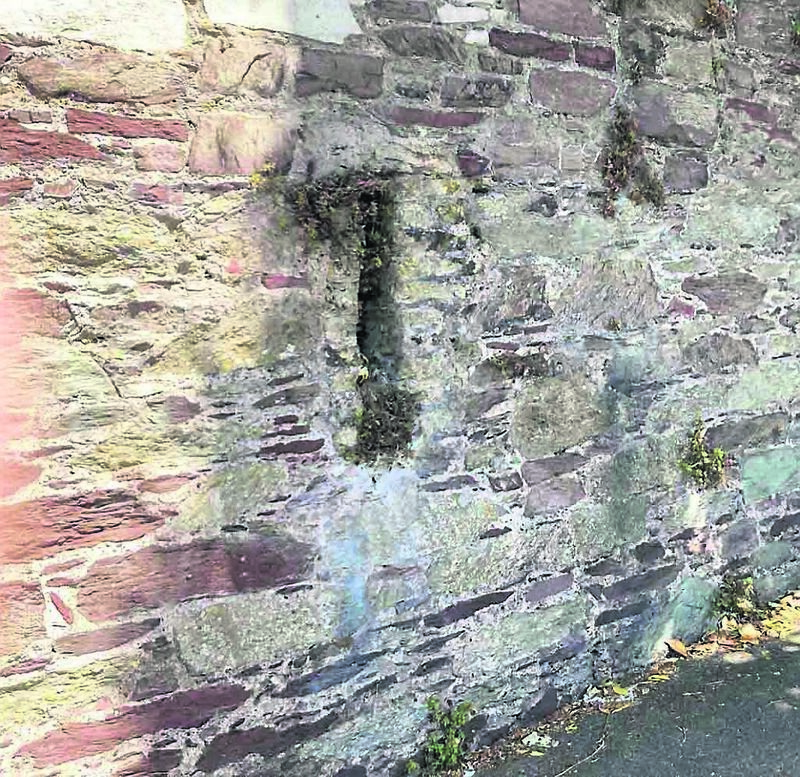
Tobacco smoke from the pipes clenched between the teeth of old men leaning over the parapet of Patrick’s Bridge to watch the mullet shoals below. The warm, not really unpleasant aroma of horse and cattle droppings as the Clydesdales clopped past with their Thompson’s drays, or the herds were driven down to board the boat to Wales.
The smell of fresh apples in the battered cardboard box outside the grocer’s. A savoury stew simmering on the stove as you came in from school, cold and hungry. Or even the chalk dust from the blackboard in that same schoolroom.
The sharp scent of Dettol applied to scratches. The honeysuckle in the hedge on a summer evening...
We all have memories that leap up to the front of our minds when some stray scent jogs them.
We don’t have tanneries close to habitation these days, but it is undeniable that in the past we were accustomed to a lot more strong smells than we are today.
And, of course, the tanneries, and the abattoirs, and all the other odorous businesses of everyday life, were one aspect of commercial practice.
Since ancient times, Ireland has been known for its export of hides, skins, leathers. We exchanged them for wine, salt, iron, even spices when we could get them.
Did you know that the port of St Malo in Brittany once required to be given, free of charge, a whole pack of pine marten skins for every Irish ship entering its harbour? No wonder pine martens are scarce on the ground here today!
Meanwhile, Catherine Walker-Hopkins, who wrote recently in Throwback Thursday to confirm the identification of the Devil’s Chair and her own family’s links with the Rock Steps, has come back to us.
“On returning to the U.S from my visit home recently, I went through some of my old photos and came across the attached, taken when our St Vincent’s School Choir won in the International Choral Festival, 50 years ago!” said Catherine.
“It’s nice that the paper is still as popular today, I remember well the call of the Evening Echo Boys!”
Now that was very nice of you, Catherine. It must have been such a thrill to achieve that award. And did you go on singing thereafter?
Do any other readers remember participating in the International Choral Festival all those years ago? Maybe you are even in that picture? Do let us know.
Reader Tim Cagney is still wondering about those strange wall slits on Wellington Road in Cork city.
“Thanks for consulting the oracle (your brother Tommy) about those wall-slits,” he said.
“I wonder if anyone can cast some light on the origins of that mysterious passageway.
Here are two images of the subject (the wall backs on to Charlemont Terrace), kindly supplied by an old school-friend, who lives at nearby Montpelier Terrace.
“I very much fear that the mystery shall remain unsolved - I mean, if Tommy doesn’t know, who would?”
Well, come on you local historians, what do you think could have been the reason for that short covered passageway?
It could of course (relating to the discussion above of strong odours in Cork city long ago) be one of those convenient alleys into which the householders deposited their soiled rubbish, which was then collected by the tactfully-named ‘nightsoil men’ with their barrows, entering through that now bricked-up door.
This was often a feature of Victorian street housing in English cities, with a narrow lane behind a strip of houses, and a little trapdoor in the garden wall of each, but I haven’t come across it here before. Other suggestions welcomed!
We are always delighted to hear from Pat Kelly, of Marian Park in Blackrock, because he inevitably has something new and fascinating to tell us. Here is his latest contribution to Throwback Thursday:
“Hello, Jo, you have been leaping from arches and tunnels through bakeries and right down to Crosser in Throwback Thursday.
“Those bakeries of our childhood really deserve a feature of their own on these pages, don’t you think?”
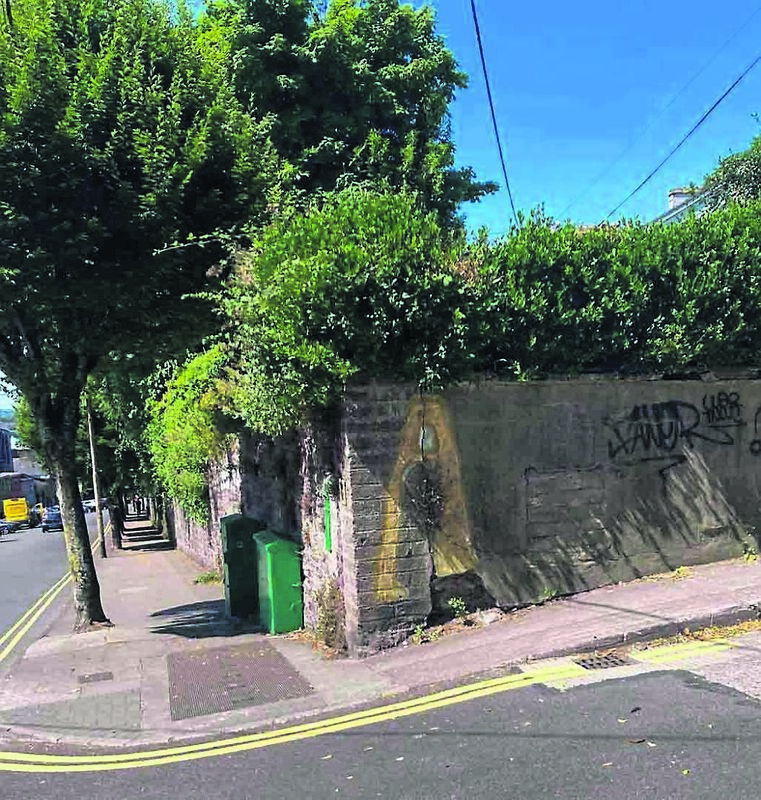
Pat worked for many years in some of Cork’s bakeries, but adds: “In 1984, I had back surgery in the Regional, and was off work for a year. In 1985, I resumed working, but there was a lot of lifting and pulling and dragging, and I soon realised I would be unable to work there again.
“I was really fed up at not being able to work at the age of only 42.
During the summer, I and my dad would be up at 4.30am and we would walk on the old railway from Blackrock to Rochestown, Passage, and Glenbrook to Monkstown and Raffeen. If the track of the railway hadn’t been completely covered in trees and furze, we could have walked all the way to Carrigaline.
“One man in Carrigaline had also retired and, like me, was finding doing nothing a bit boring, so he had the idea of trying to clear the former railway line into Crosshaven. He was soon joined by another retiree, and the two of them got going on what proved to be a Herculean task.
“Eventually, the Corporation lent a hand and helped to create the line with them. Today that walkway is a fantastic public facility. And the County Council has now cleared the line properly from Raffeen, so you can walk all the way from Blackrock to Crosshaven!”
Pat adds: “I am not so good on the emails, but my memory is still excellent, thankfully.
“God bless, Jo, and keep up Throwback Thursday. We older people still have a lot to share on Cork’s heritage, even though we may need the occasional push to do so. Never forget that we lived during those times.”
We are never likely to forget that, Pat, while we have your incredible storehouse of memories to enjoy. Keep sending them to us!
And the rest of you, as always, we want to hear your own memories and recollections too. Email jokerrigan1@gmail.com or leave a comment on our Facebook page: www.facebook.com/echolivecork.

